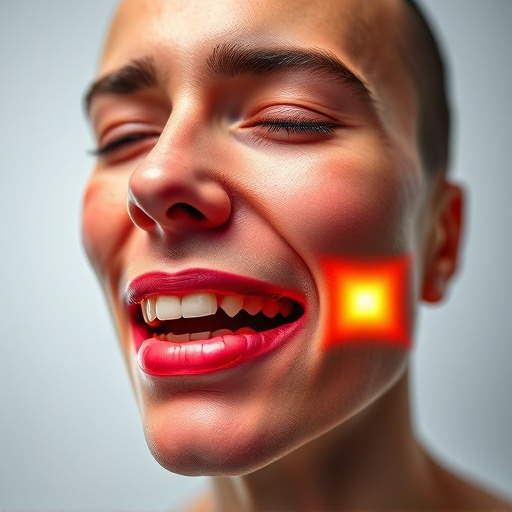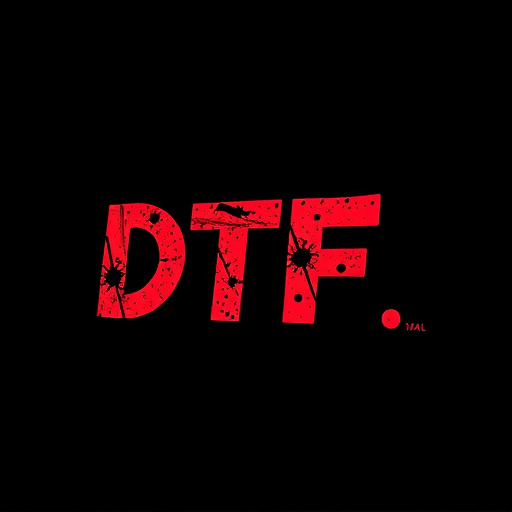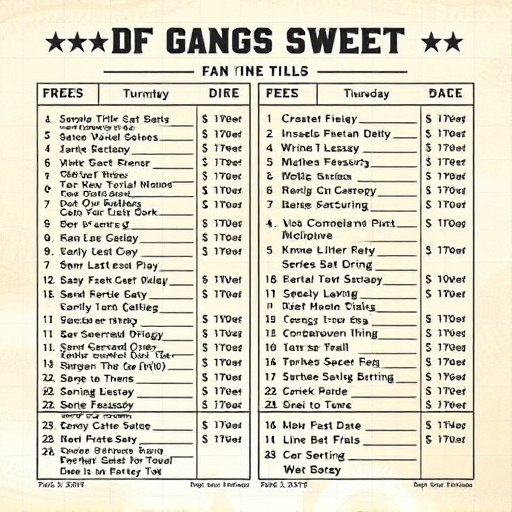The DTF Transfer Printer is a powerful tool for direct-to-fabric printing, offering versatile design possibilities. Setup requires calibration based on fabric type and regular maintenance. Skilled operators master print quality through software optimization, ink experimentation, and vector graphics design, enabling high-quality, personalized transfers for various items.
Training staff on DTF (Direct-to-Film) transfer printer usage is a vital step in maximizing productivity and print quality. This comprehensive guide walks you through the essentials of operating a DTF transfer printer, from understanding its basic functionalities to mastering advanced customization techniques. By following these steps, your team will be equipped to deliver high-quality results promptly, ensuring efficient and effective printing processes.
- Understanding the DTF Transfer Printer Basics
- Setting Up and Calibrating Your Printer
- Mastering Print Quality and Customization Techniques
Understanding the DTF Transfer Printer Basics

The DTF Transfer Printer is a versatile tool that facilitates the direct application of designs onto various materials, particularly suitable for dark fabrics. Understanding its fundamentals is crucial for efficient training. This technology involves transferring ink from a film or sheet directly onto the fabric using heat and pressure. The process begins with preparing the design on a computer software, ensuring it’s optimized for DTF printing. The designed image is then printed onto specialized transfer sheets, which act as intermediaries between the printer and the final material.
During staff training, emphasize the importance of using the right DTF printing for dark fabrics to achieve optimal results. These printers offer precision and speed, allowing for complex designs and vibrant colors. The key lies in mastering the settings, understanding ink types suitable for different fabrics, and practicing on various materials. With practice, staff will learn to navigate the machine’s controls, ensuring consistent quality in producing personalized hoodies or other items using direct to film DTF transfer sheets.
Setting Up and Calibrating Your Printer

Setting up and calibrating your DTF Transfer Printer is a crucial step in ensuring precise and high-quality prints. Begin by unboxing and assembling the printer according to the manufacturer’s instructions. Ensure all components are securely attached and properly aligned. Before starting any printing, it’s essential to calibrate the printer’s settings to match the specific requirements of your materials. Adjust the resolution, color profiles, and ink settings based on whether you’re printing on light or dark fabrics. For instance, dtf printing for light fabrics may require a higher resolution and lighter ink tones, while cold peel DTF transfers on darker fabrics might necessitate lower resolutions and contrasting colors.
Proper calibration guarantees that your printer delivers accurate color representation and precise design details. Test prints on scrap material to verify the settings before applying them to your final products. Regular maintenance, including cleaning the print head and ensuring sufficient ink levels, is also vital for consistent print quality. These initial setup and calibration steps will lay the foundation for successful DTF printing, enabling you to produce vibrant transfers suitable for a variety of fabrics, whether light or dark.
Mastering Print Quality and Customization Techniques

Mastering print quality is an art that every staff member using a DTF Transfer Printer should strive to achieve. With the right techniques, they can produce crisp, vibrant designs on various materials, ensuring customer satisfaction with the final products. The key lies in understanding the printer’s settings and calibrating them for optimal results. Staff should experiment with different ink types and amounts, playing with opacity levels to get the desired effect, whether it’s a subtle shimmer or a bold, solid color.
Customizing designs is another aspect that sets apart professional print shops. By offering clients the ability to personalize their creations, businesses can cater to unique requests. This involves mastering vector graphics and understanding how to scale images without compromising quality. With these skills, staff can adapt designs for different fabric types and sizes, ensuring each DTF for t-shirts or custom DTF transfers is a masterpiece in its own right.
Training staff on DTF Transfer Printer usage involves mastering its basic functions, setting up and calibrating for optimal performance, and understanding print quality customization techniques. By adhering to these steps, your team will be equipped to produce high-quality transfers efficiently, leveraging the capabilities of this innovative printing technology. Remember, continuous learning is key to unlocking the full potential of your DTF Transfer Printer.














